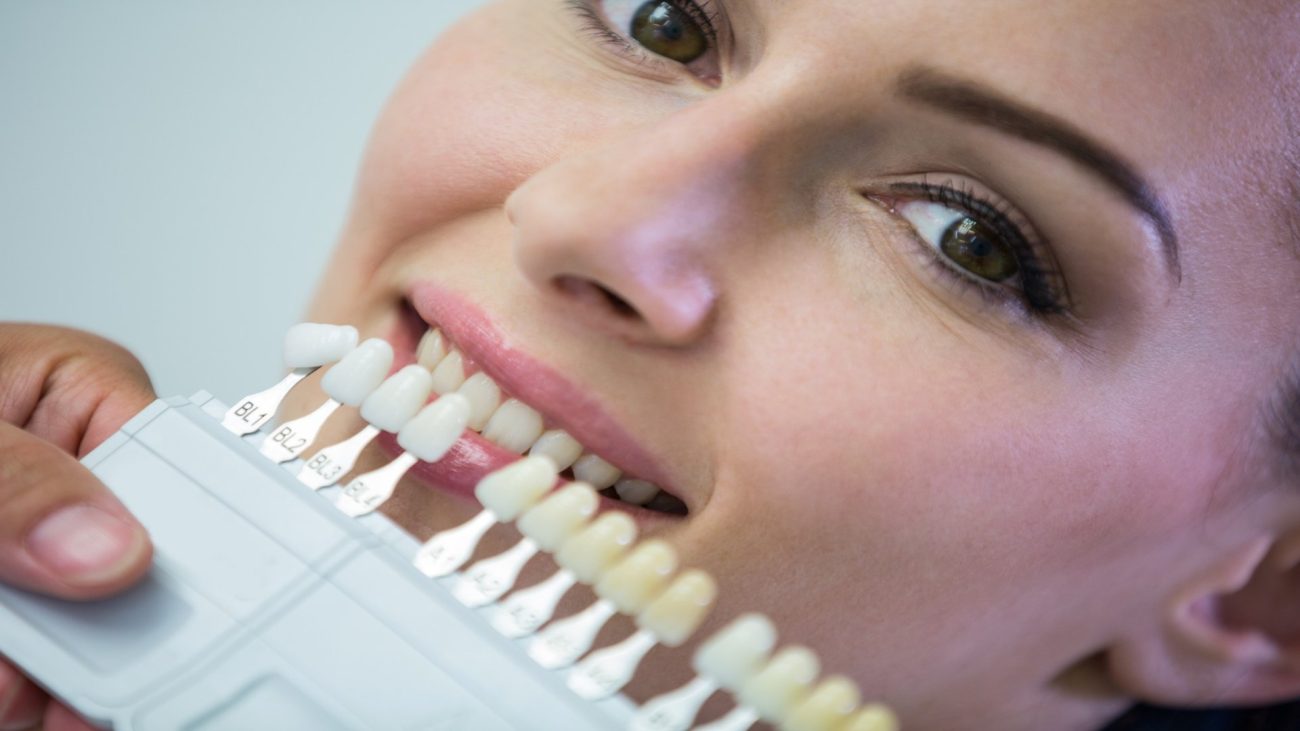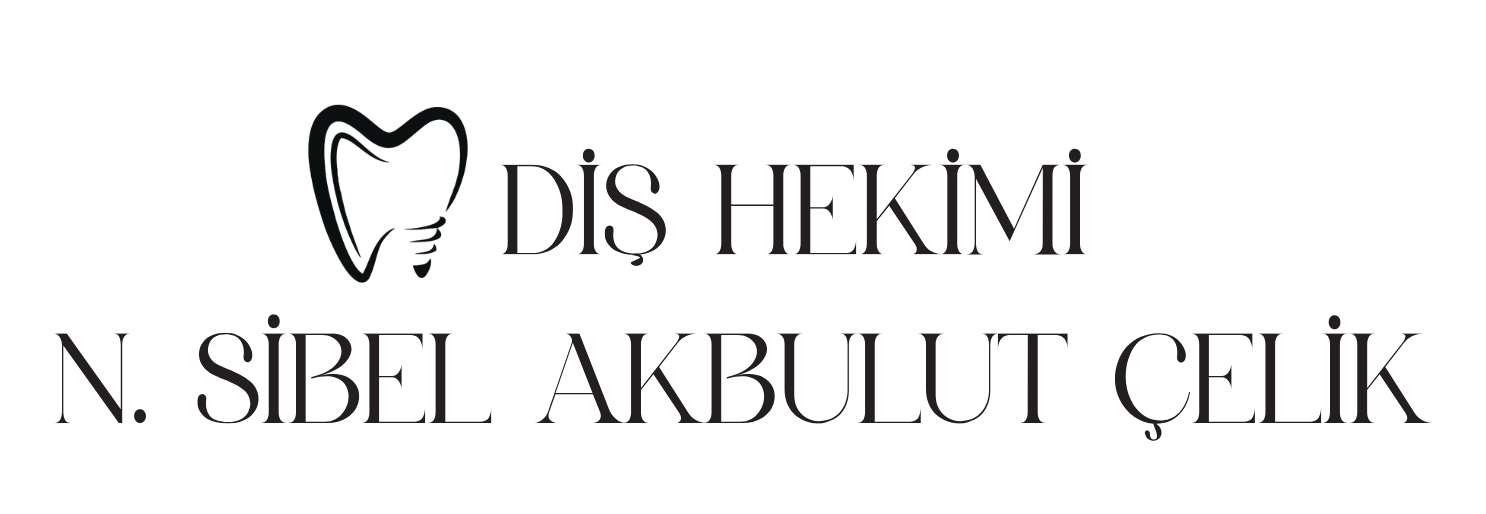Dental Implant Treatment

Implant treatment is the process of attaching prosthetic teeth to titanium screws placed in the jawbone to replace missing teeth. This method offers the closest appearance and function to natural teeth, restoring both aesthetics and chewing function.
In Which Situations Are Dental Implants Applied?
- If one or more teeth are missing,
- For patients who do not want to wear removable dentures,
- For cases where dental bridges are not suitable,
- If the jawbone is dense and high enough for an implant,
- If growth development is complete in young people (usually after age 18)
Advantages of Dental Implants
- It looks and feels like a natural tooth.
- It significantly restores chewing function.
- It does not damage adjacent teeth (no cutting required, as with a bridge).
- It is long-lasting and can last 20-30 years with proper care.
- It prevents osteoporosis and protects the jaw structure.
- It corrects speech disorders and increases self-confidence.
Types of Dental Implants
- Endosteal (intraosseous) implants:
The most commonly used type. They are screw-retained or cylindrical and are placed directly into the jawbone. - Subperiosteal (on-bone) implants:
These are special frameworks placed above the bone but below the gums for patients with insufficient bone density. - All-on-4 / All-on-6 systems:
For patients with complete loss of jaw teeth, these systems allow for the construction of a fixed prosthesis on just four or six implants.
Things to Consider in Implant Treatment
Before the Procedure:
- A comprehensive dental and jaw X-ray is taken.
- Bone density is measured, and if necessary, a bone graft can be planned.
- Smoking can negatively impact treatment success; it is recommended to quit beforehand.
Systemic diseases (diabetes, high blood pressure, etc.) should be controlled.
After the Procedure:
- Hot food and beverages should not be consumed for the first 24 hours.
- Chewing should be avoided in the implant area, and hard foods should be avoided.
- Antibiotics and painkillers should be used regularly.
- Careful hygiene of the area should be maintained, and special oral care products should be used as recommended by a doctor.
- Stitches are removed after 1-2 weeks, and follow-up appointments should be scheduled regularly.
